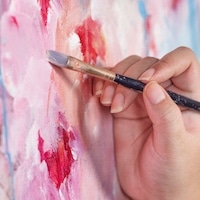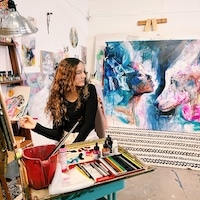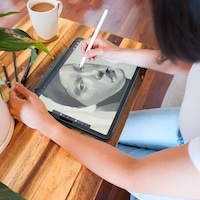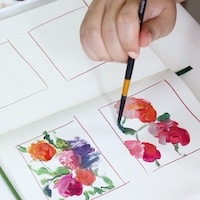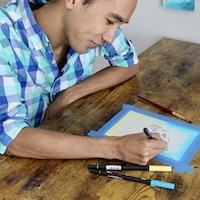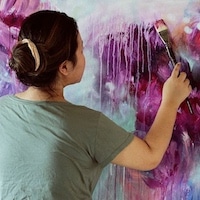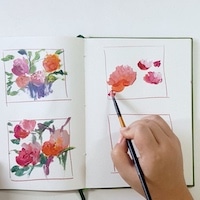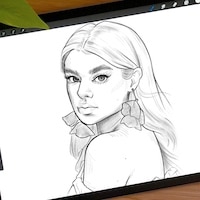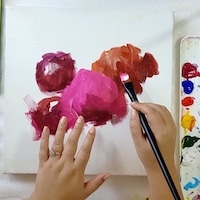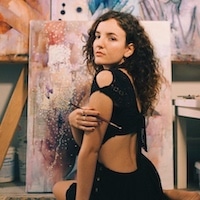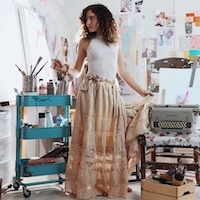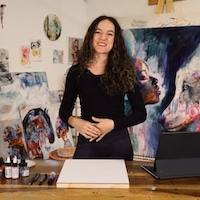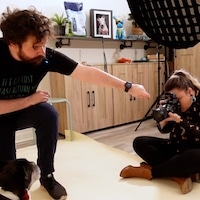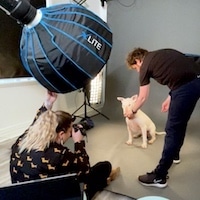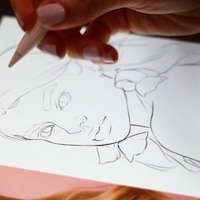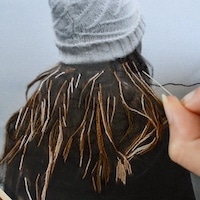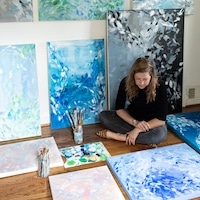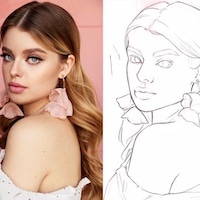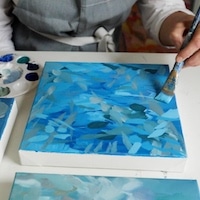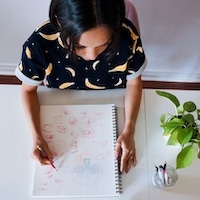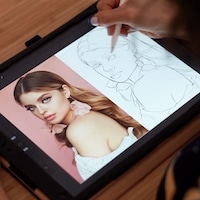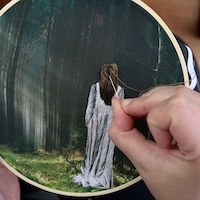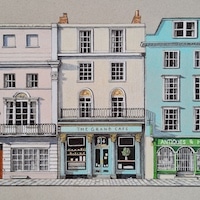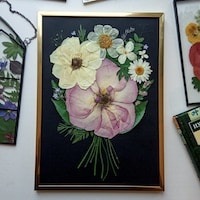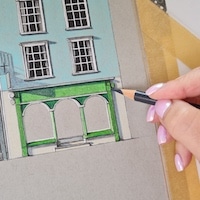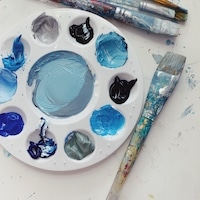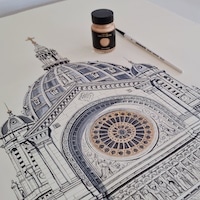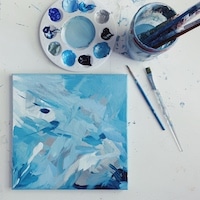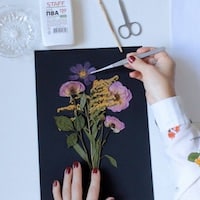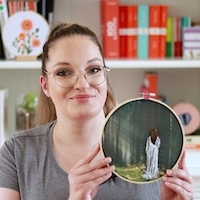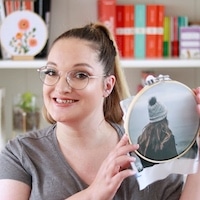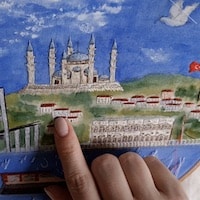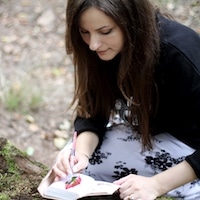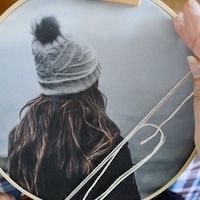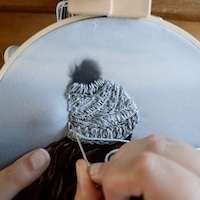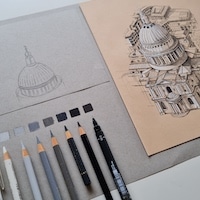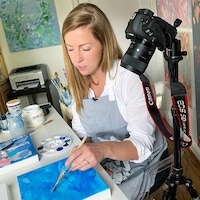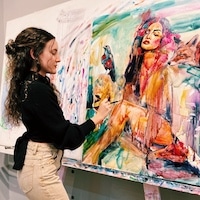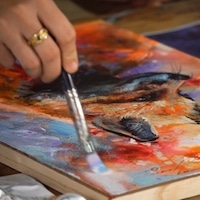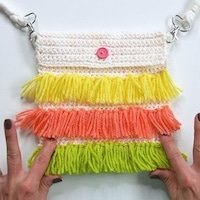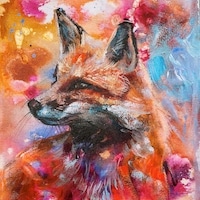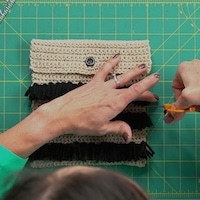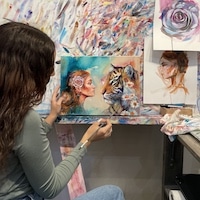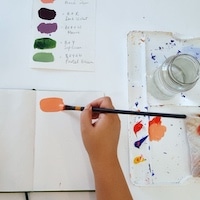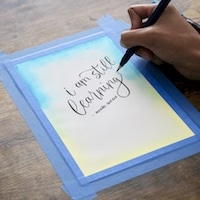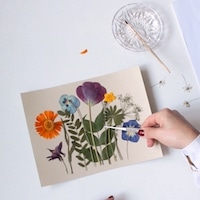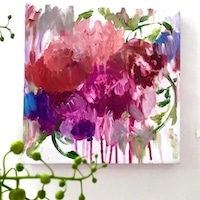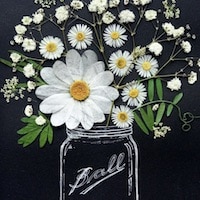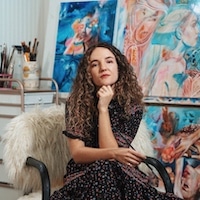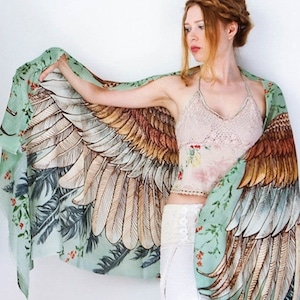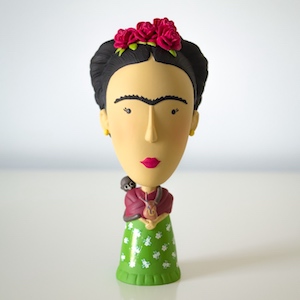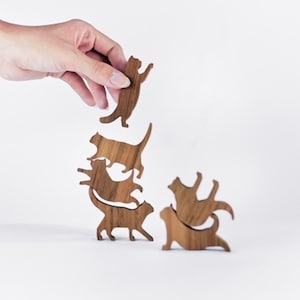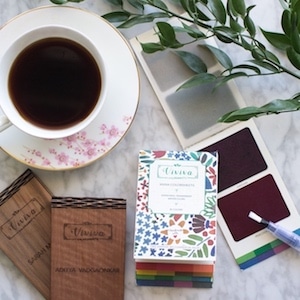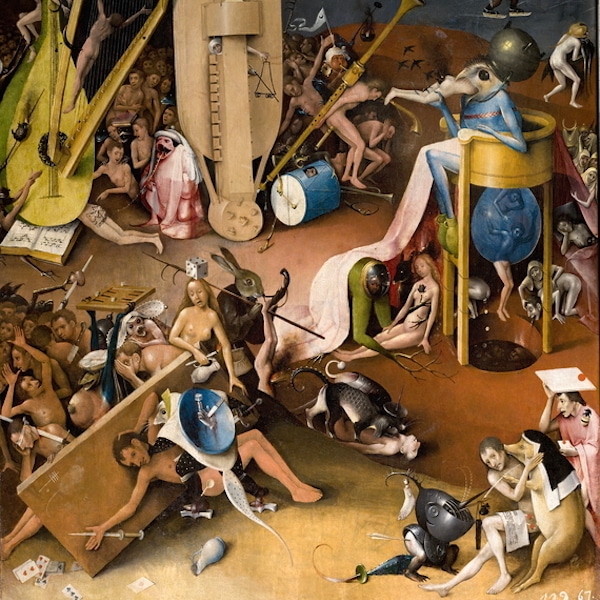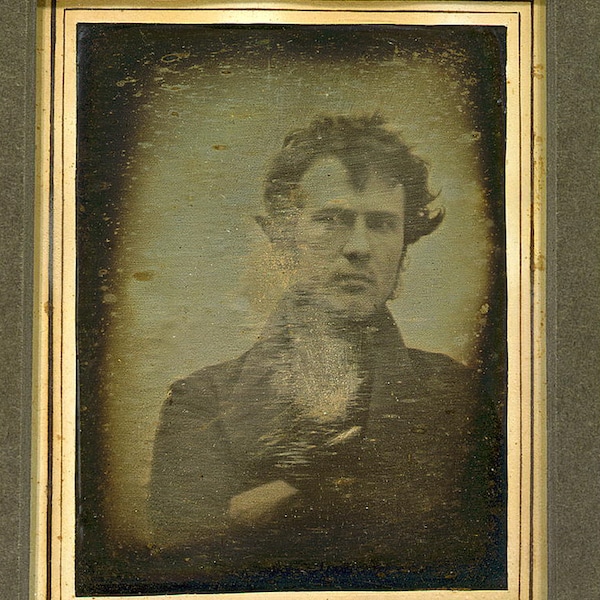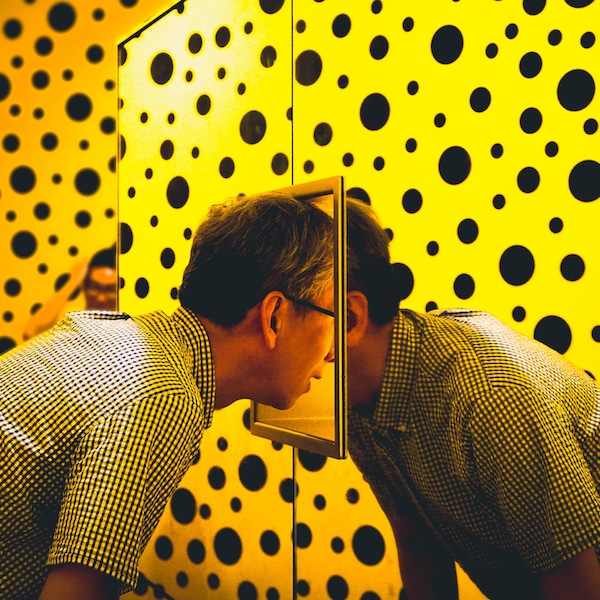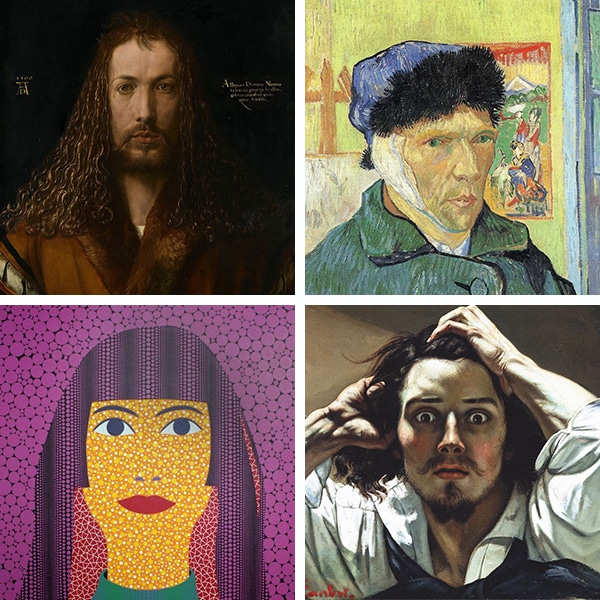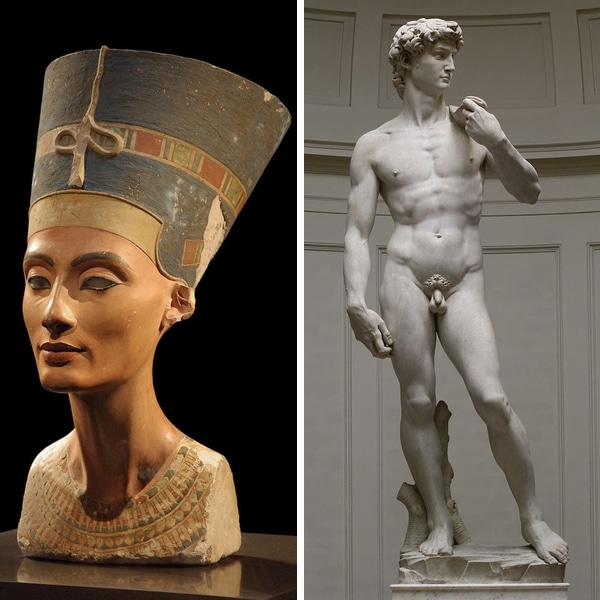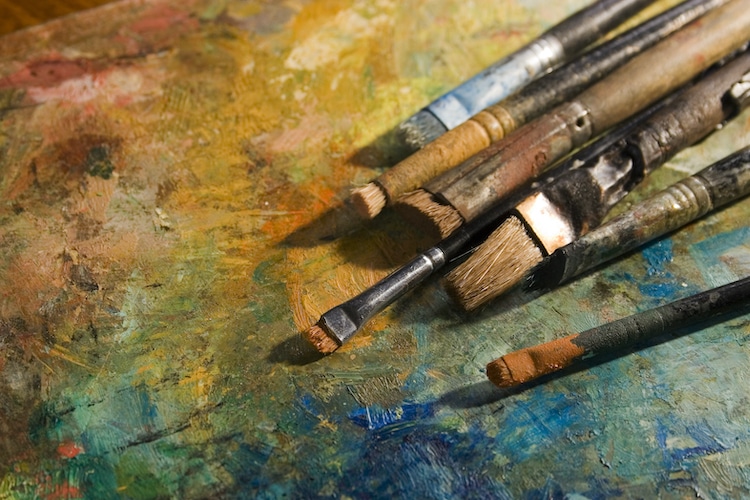
Photo: Stock Photos from kvasilev/Shutterstock
This post may contain affiliate links. If you make a purchase, My Modern Met may earn an affiliate commission. Please read our disclosure for more info.
If you’ve ever walked around an art museum and observed the work of Renaissance and Baroque masters, you’ve probably stood in awe of their impressive style. Artists such as Rembrandt and Caravaggio painted using the chiaroscuro technique, which is a method that uses shadows and a single light source to create depth and drama. Still life scenes, for instance, were painted in dark rooms lit by a single window while faces in portraits were illuminated with a golden, candle-lit glow.
This style might seem outdated compared to the colorful contemporary art we often see today; however, many modern artists are looking to the old masters as inspiration for creating their own atmospheric, chiaroscuro-style artworks and photographs.
What is Chiaroscuro?
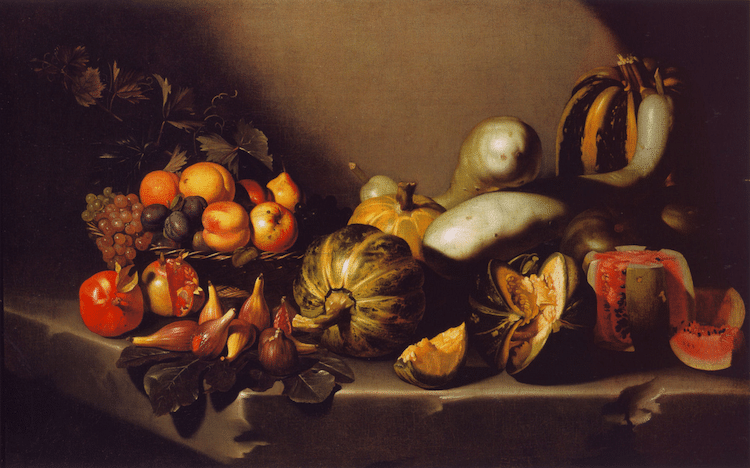
Caravaggio, “Still Life with Fruit,” c. 1603 (Photo: Wikimedia Commons, Public domain)
The term chiaroscuro stems from the Italian words chiaro (meaning “clear” or “bright”) and scuro (meaning “obscure”' or “dark”). The technique focuses on shadows and a single source of light to achieve photorealistic depth and tone. Mostly used for oil paintings, early Baroque-era artists showcased how striking the method can be, which is why so many artists today continue to implement the chiaroscuro technique, despite how challenging and time-consuming it is to achieve.
History of Chiaroscuro
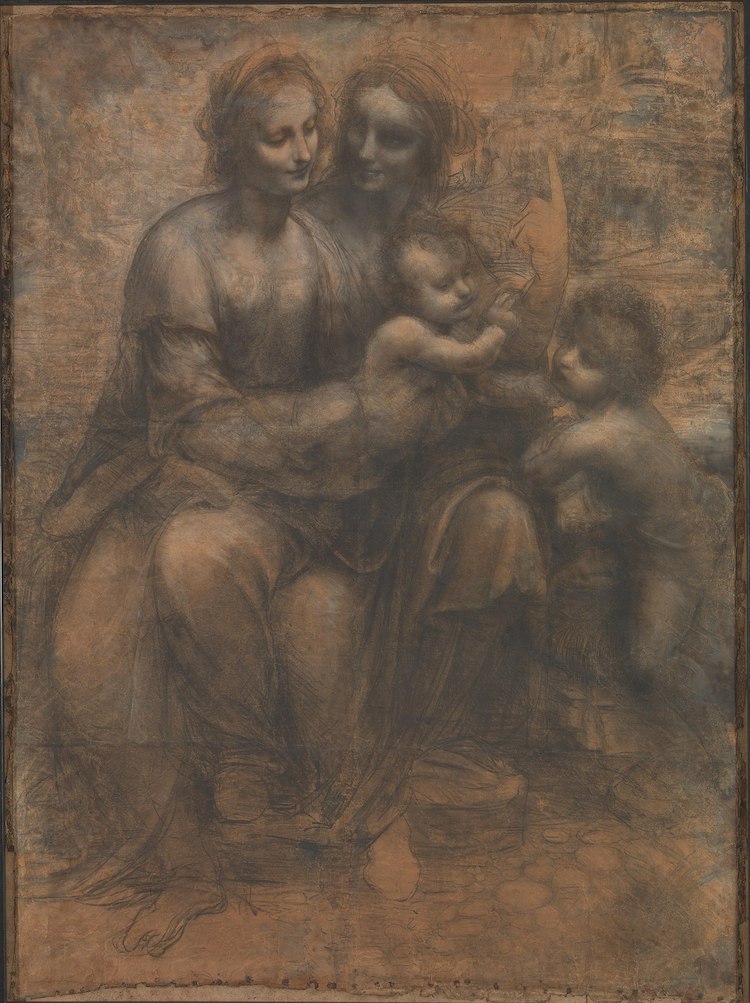
Leonardo da Vinci, “Virgin and Child with St Anne and John the Baptist,” between 1499 and 1500 (Photo: Wikimedia Commons, Public domain)
The term chiaroscuro became well-known during the Baroque era with artists such as Caravaggio and Rembrandt, but the style actually dates as far back as the 5th century in Ancient Greece. A Greek painter known as Apollodorus Skiagraphos drew hatched shadows to suggest three-dimensional depth. Although none of his artworks survived, this skiagraphia (or “shadow drawing”) technique inspired a future generation of artists.
During the 15th and 16th centuries, Renaissance masters began to try and improve on earlier shading techniques. One artist to adopt the chiaroscuro style was Leonardo da Vinci. Starting with dark, brown-tinted paper, he achieved dimension in his drawings by going from dark to light tones. He used charcoal or black chalk to sketch his subjects and then created the illusion of shadows and light by gradually building up lighter layers of chalk. To finish, da Vinci often added highlights with white gouache or chalk.
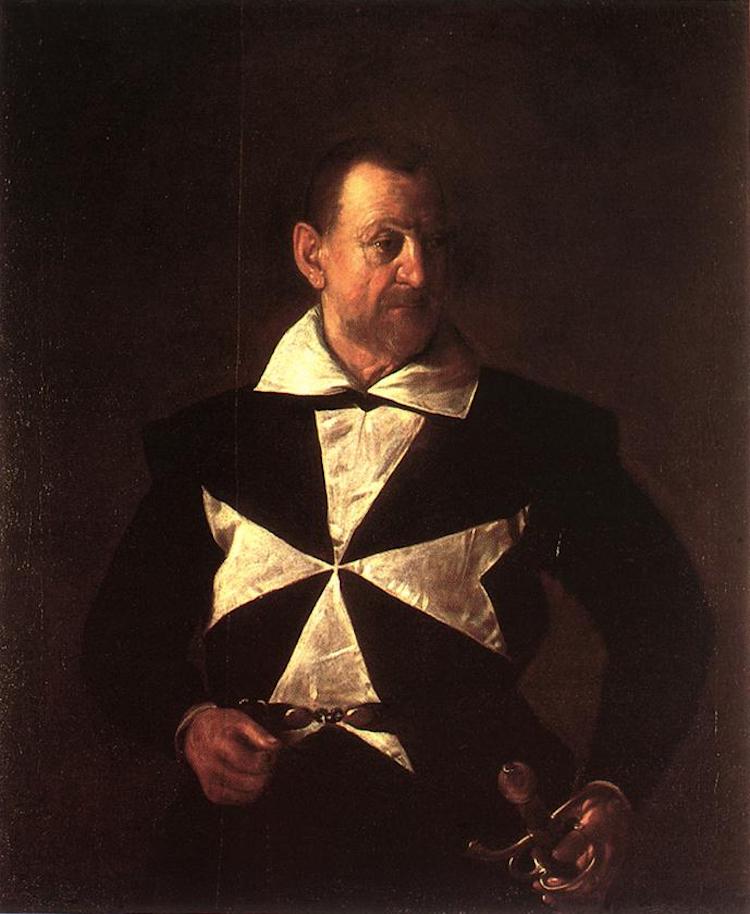
Caravaggio, “Portrait of Fra Antonio Martelli,” c. 1608 (Photo: Wikimedia Commons, Public domain)
The Renaissance style was to cast a soft light on subjects to create serene scenes. Artists of the Baroque period, however, developed the chiaroscuro style by using harsh light to create drama and intensity as well as oil paint to blend and build up gradual tones of color. Perhaps the best-known chiaroscuro artist is 17th-century Italian painter Michelangelo Merisi da Caravaggio. He often blacked out large portions of the background of his scenes and brightly illuminated the foreground subjects.
What is the Difference Between Chiaroscuro and Tenebrism?
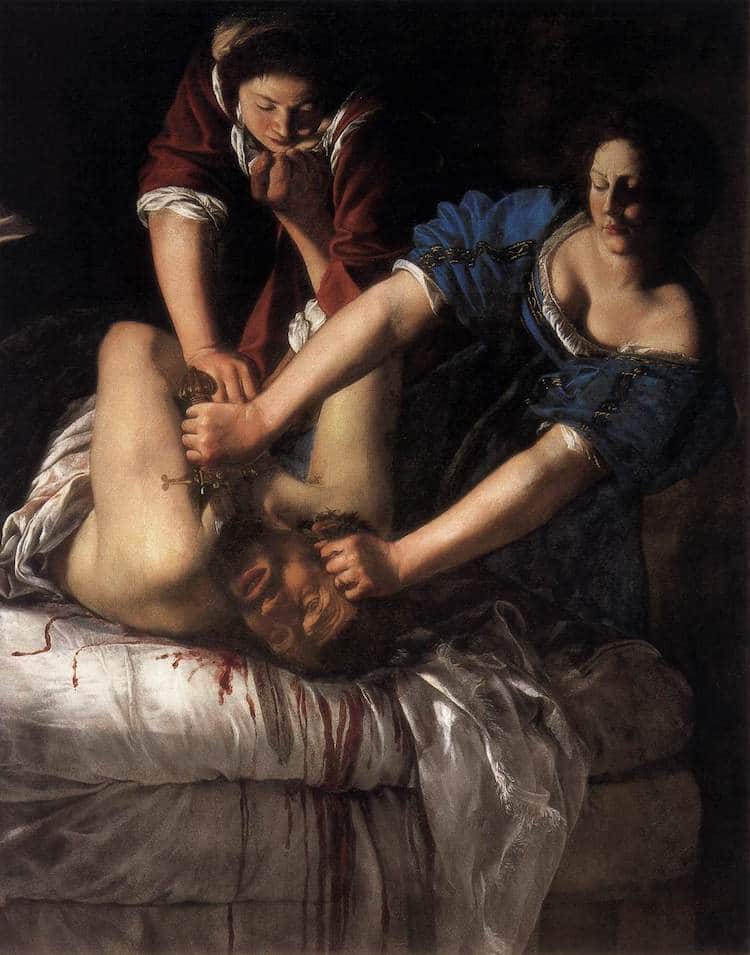
Artemesia Gentileschi, “Judith Slaying Holofernes,” c. 1612–1613 (Photo: National Museum of Capodimonte via Wikimedia Commons, Public domain)
Sometimes chiaroscuro is mistaken for its more extreme version, called tenebrism. This technique, which derives from the Italian word tenebroso (meaning “dark” or “gloomy”), exaggerates the contrast of light and dark to create a heightened sense of drama. It can be distinguished from chiaroscuro for its very dark or even black background, which separates the subject from the setting.
How to Use the Chiaroscuro Technique at Home
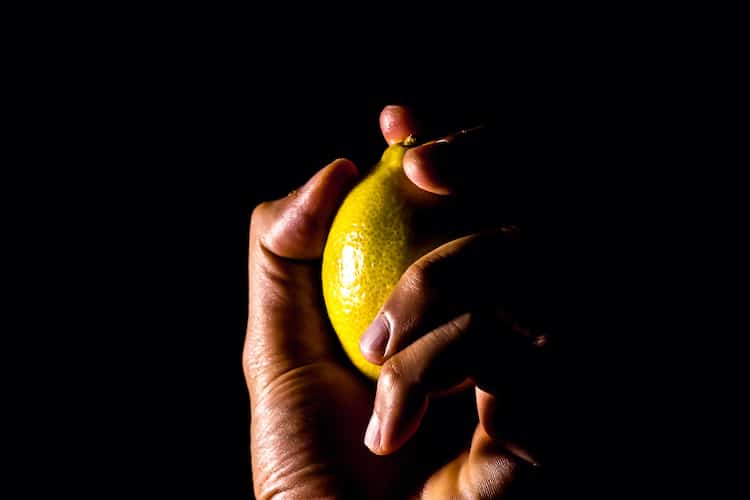
Photo: Stock Photos from Andrew Stripes/Shutterstock
It’s easy to feel intimidated by the chiaroscuro technique since some of the most famous master artists from history are associated with the style. However, all it takes is the right supplies, good lighting, and plenty of practice. Here’s how to get started:
Your Supplies
Oil paint is the best medium for layering and blending colors, so we suggest buying a basic set. Check out our guide to the best oil paints for beginners and professionals.
You’ll also need:
Steps for Working With Chiaroscuro
1. Pick a Subject
Traditionally, the chiaroscuro style is well suited to still life paintings and portrait art. Why not gather your favorite objects together, study the contents of your fridge, or ask a friend to pose?
2. Set up Your Lighting
Lighting is the most integral part of your setup, and it’s useful to think like a photographer to achieve the best results. To create one light source that hits your subject(s) at just one side, we suggest creating a small lightbox from a cardboard box. Paint the inside of the box black and cut a small hole into one side. Set it next to a window and allow the natural light to shine through the hole and illuminate your subject.
3. Take a Photo
Once you’ve got your setup ready, we suggest taking a photo of your scene and using that to work from. Try raising the contrast in the image to better see the shadows and highlights. If you can’t take a photo, simply squinting your eyes is a great way to enhance the light and dark values.
Ready to start painting? Check out this useful tutorial.
Frequently Asked Questions
What is chiaroscuro?
Chiaroscuro is a method that uses shadows and a single light source to create depth and drama in art.
What does chiaroscuro mean?
The term chiaroscuro stems from the Italian words chiaro (meaning “clear” or “bright”) and scuro (meaning “obscure”' or “dark”).
What is the difference between chiaroscuro and tenebrism?
Chiaroscuro and tenebrism are similar methods of adding drama to art using light and shadow. Tenebrism, however, tends to feature a very dark or even black background and can be described as a more extreme type of chiaroscuro, in which the subject is even more separated from the setting.
This article has been edited and updated.
Related Articles:
15 of the Greatest Painters of All Time Whose Influences Live On Today
8 Caravaggio Paintings That Broke All the Rules (and Where to See Them)
25 Art History Terms to Help You Skillfully Describe a Work of Art
Top 8 Oil Painting Techniques All Beginners and Professionals Should Know

